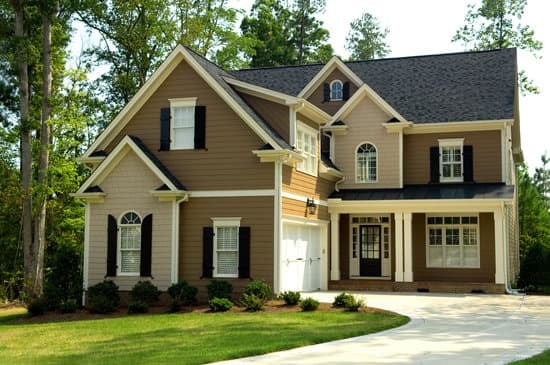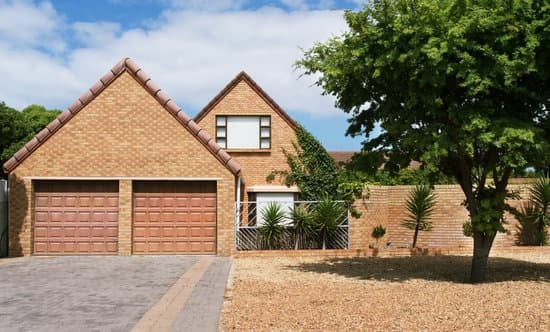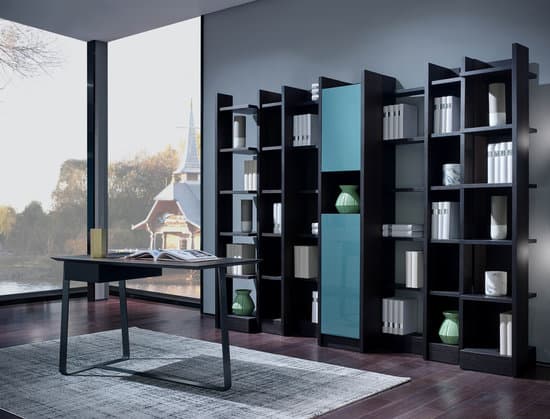When it comes to incorporating feng shui practices into your home décor, it’s important to pay attention to the colors you choose for each room. For south-facing rooms, in particular, it’s recommended that you focus on wood and fire colors in order to create a balanced and welcoming atmosphere. Here are some specific colors that can help enhance the feng shui of your south-facing room:
Orange: A warm and inviting color that promotes creativity and socializing.
Pink: A gentle and nurturing color that can promote feelings of love and relaxation.
Red: A fiery and passionate color that stimulates energy and vitality.
Purple: A regal and luxurious color that can help promote abundance and prosperity.
Yellow: A cheerful and energizing color that promotes happiness and positivity.
By incorporating these colors into your south-facing room, you can create a space that not only looks aesthetically pleasing but also promotes positive energy flow and balance according to feng shui principles. Remember, the key is to choose colors that resonate with you personally and make you feel good, so don’t be afraid to experiment and have fun with your color choices.
















